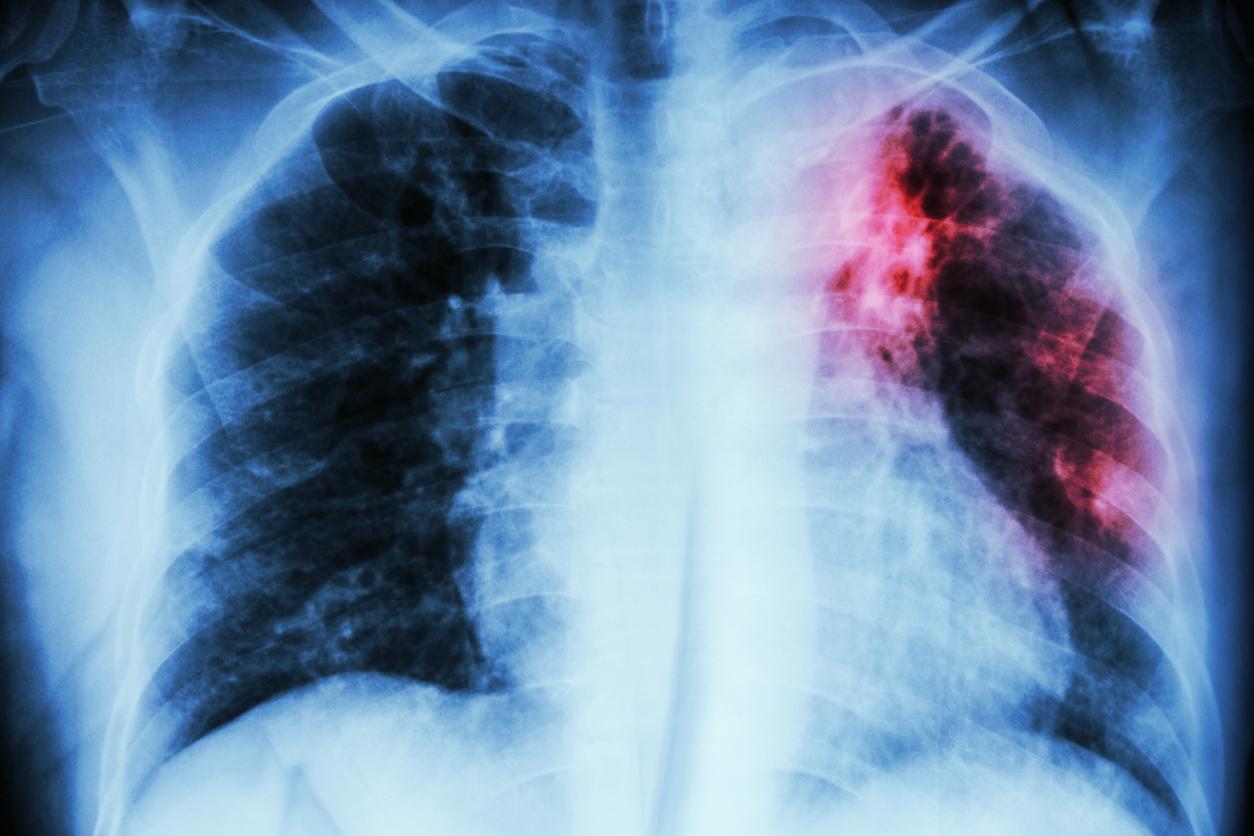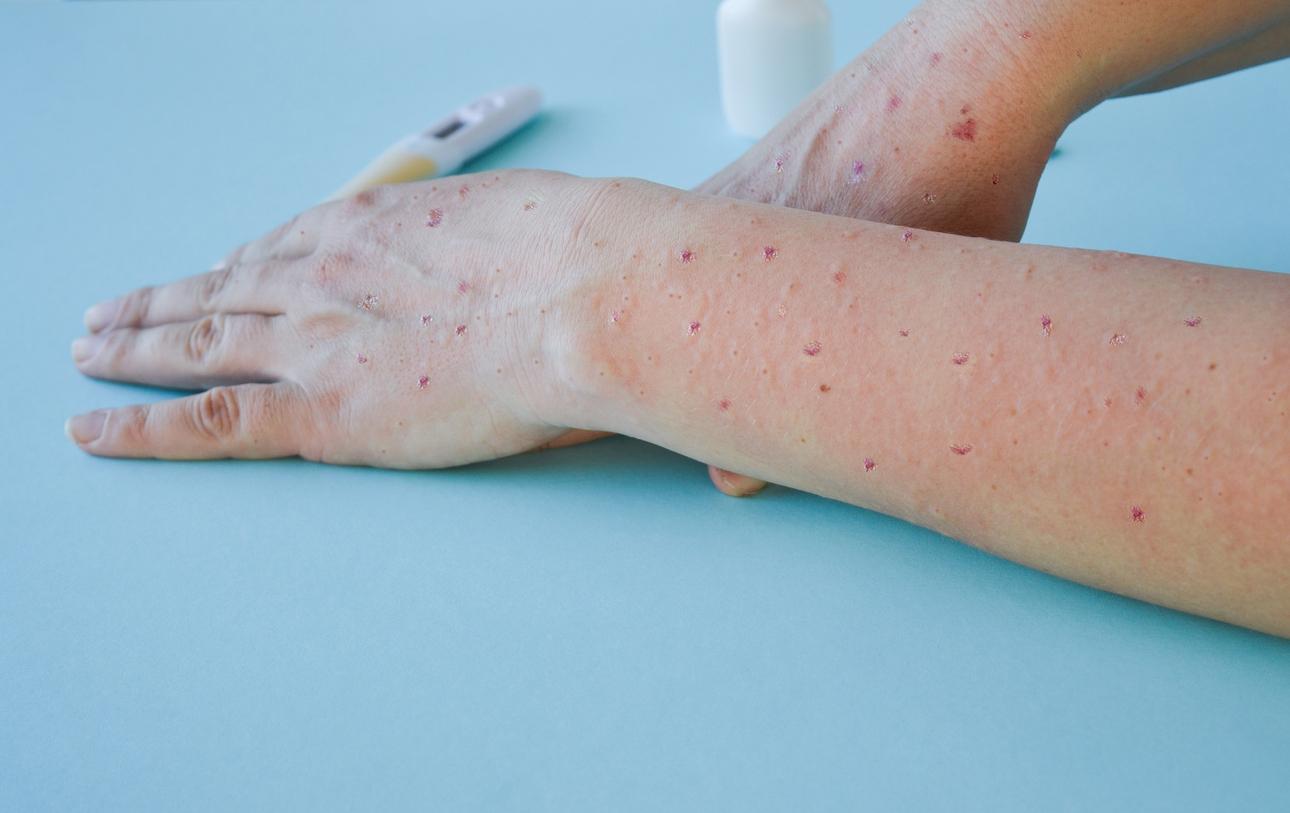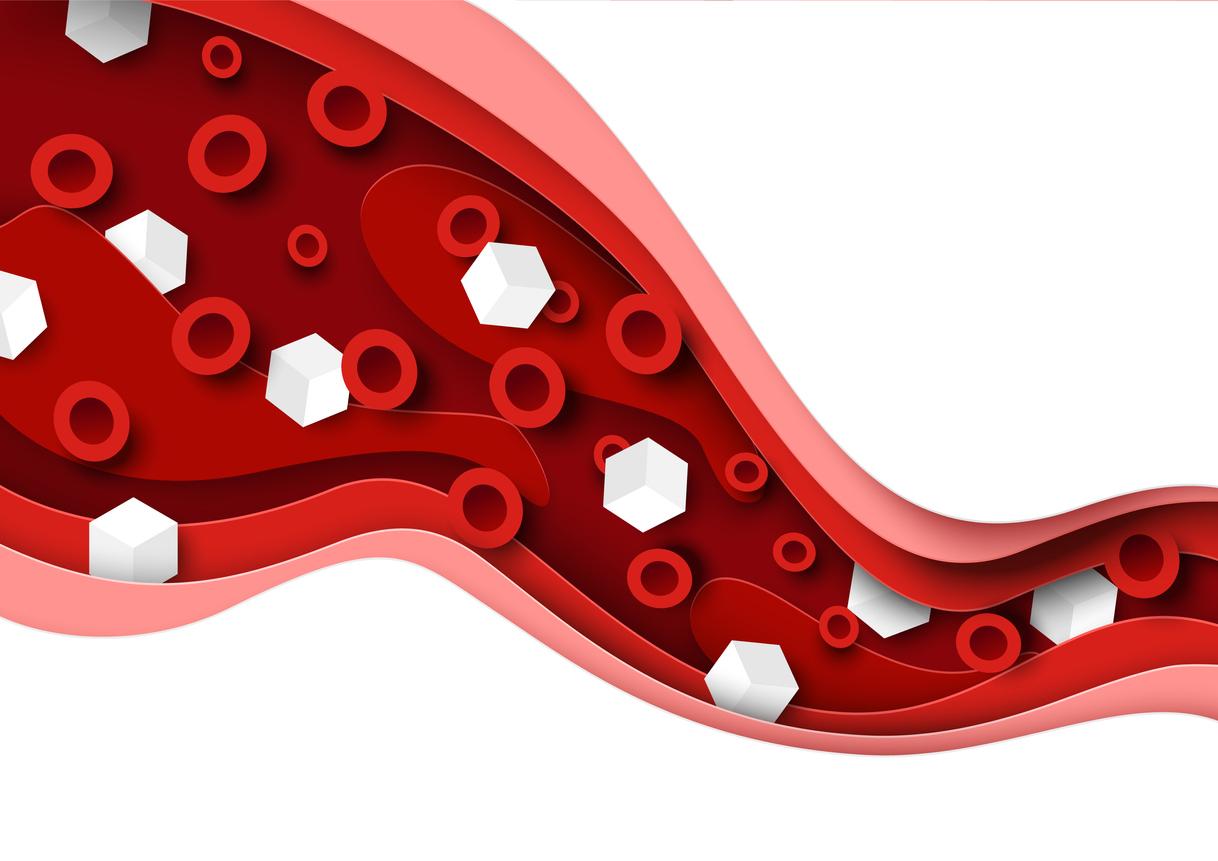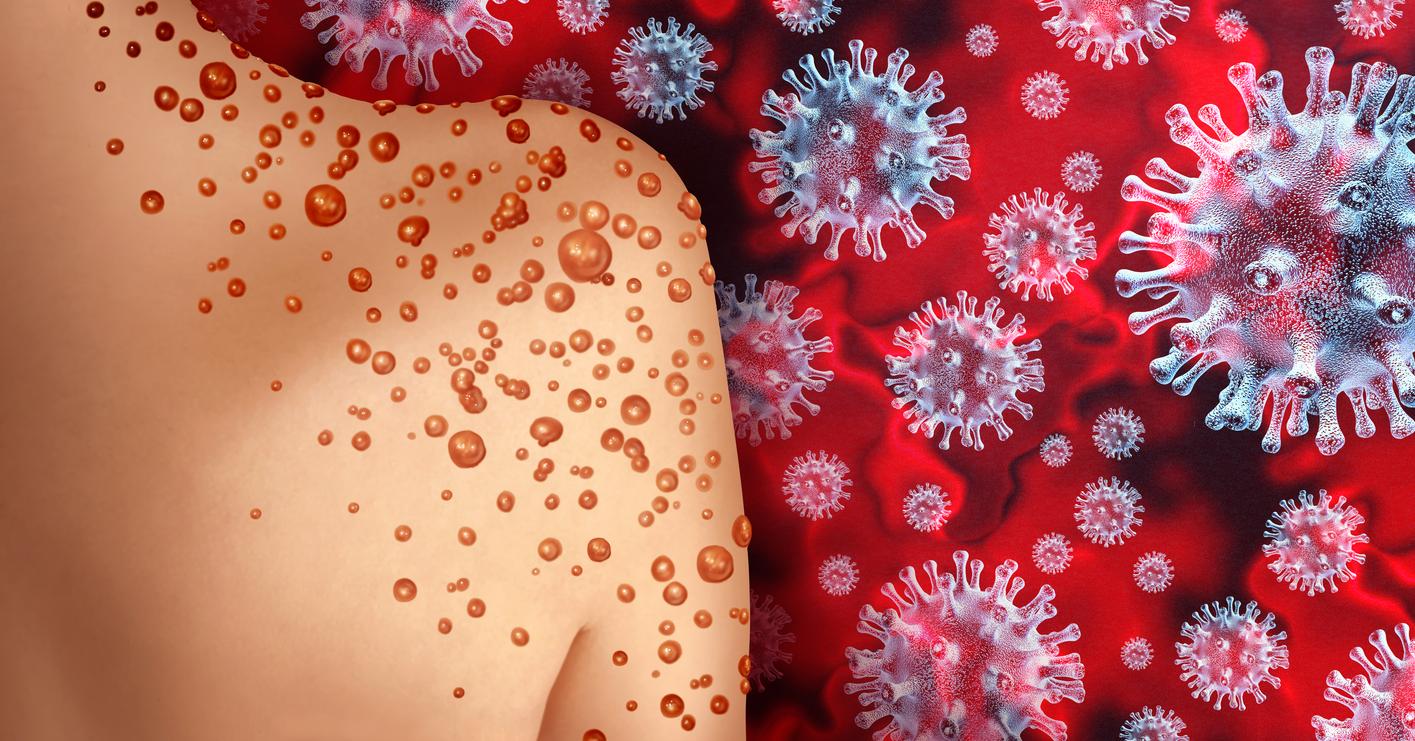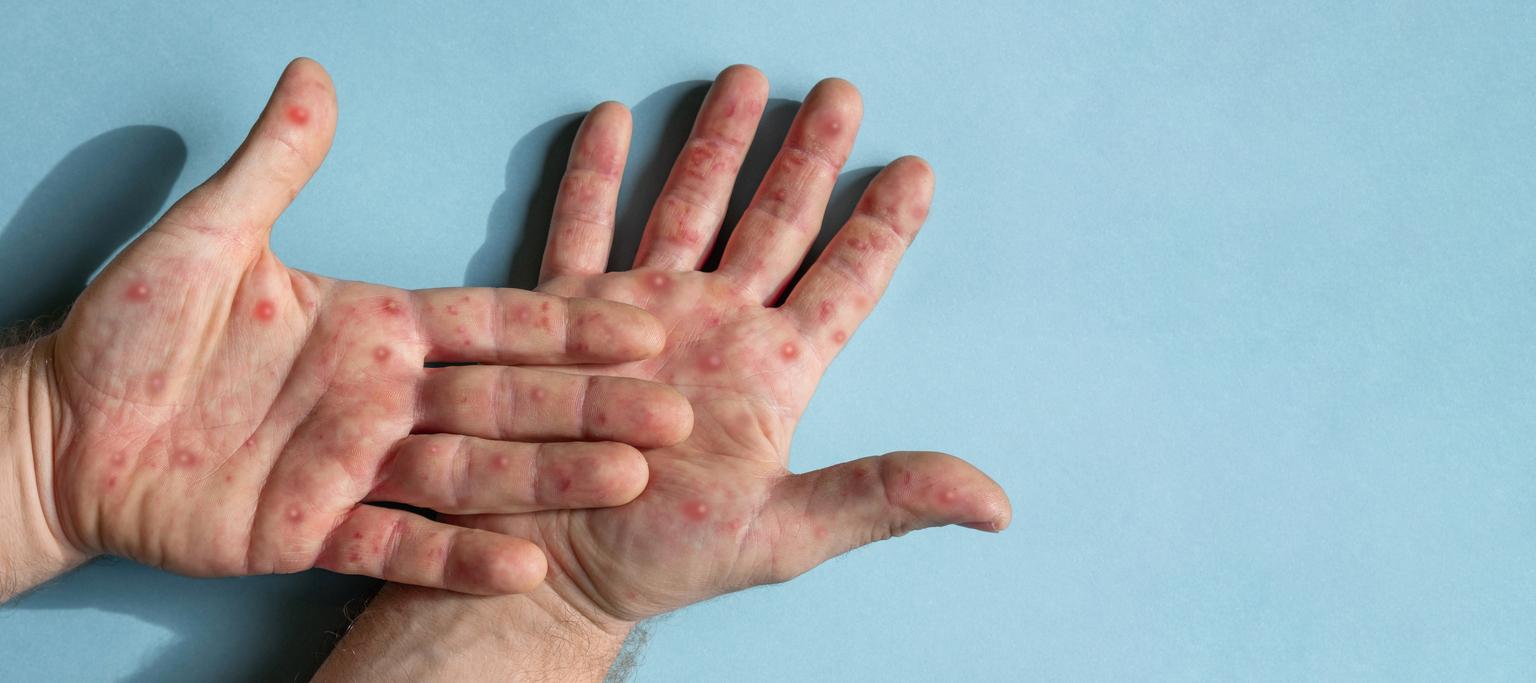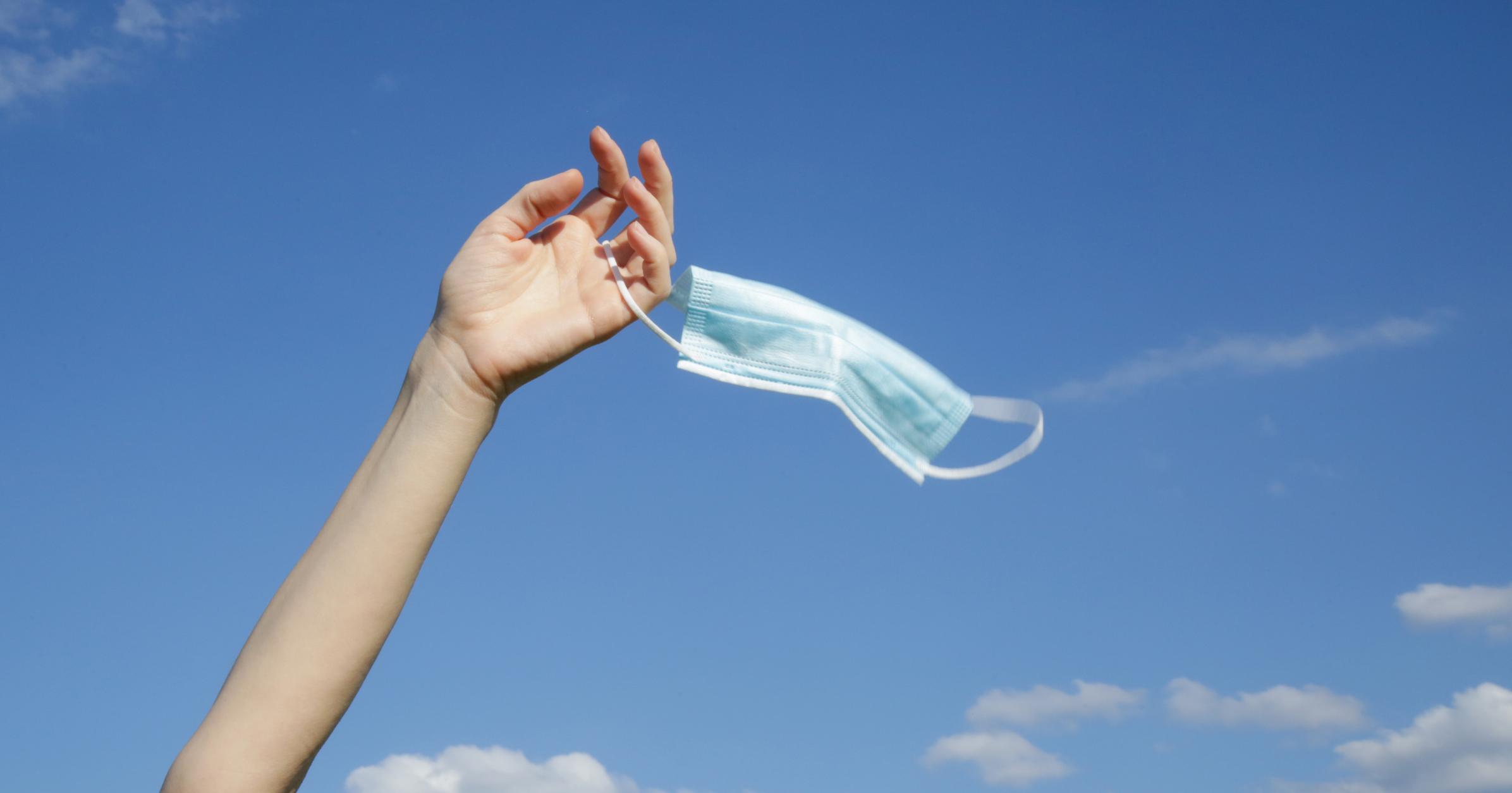On the eve of World Blood Donor Day 2013, the WHO calls on all countries to obtain supplies from voluntary unpaid blood donors by 2020. Patient safety is at stake.

“Life, we have that in the blood”, it is with this slogan that the French Blood Establishment (EFS) wishes to mobilize the population on the occasion of the World Blood Donor Day 2013, which will take place this 14 June. France having been designated the host country of the event by the World Health Organization (WHO), the Establishment hopes to raise awareness and welcome many new donors on this occasion.
And this year, the Organization is going on a campaign with a very specific objective. WHO is now calling on all countries to obtain full blood and blood products from voluntary unpaid blood donors by 2020. Patient safety is at stake.
“Collecting blood from voluntary unpaid blood donors is the cornerstone of a safe and sufficient blood supply in all countries. More voluntary blood donors are needed to meet the growing needs and to improve access to this life-saving therapy, ”said Dr Neelam Dhingra, WHO Blood Safety Coordinator.
And Dr Neelam Dhingra added “the safety and quality of blood and blood products must never be compromised. Regular, voluntary and unpaid blood donors are the safest source of blood because there are fewer blood-borne infections among these donors than among those who donate blood for remuneration or who donate blood to members. of their family in an emergency ”.
In 2011, nearly 83 million blood donations were collected worldwide from voluntary unpaid blood donors, an increase of nearly 8 million donations compared to 2004. “The need for blood and blood products increase every year and many patients who need a vital blood transfusion do not have timely access to safe blood and blood products, ”says the WHO.
Currently, 60 countries obtain their entire blood supply from voluntary unpaid donors (35 high-income, 18 middle-income and 7 low-income countries). However, there is still room for improvement, as 73 countries still collect more than 50% of their blood supply from paid or surrogate donors.
.









